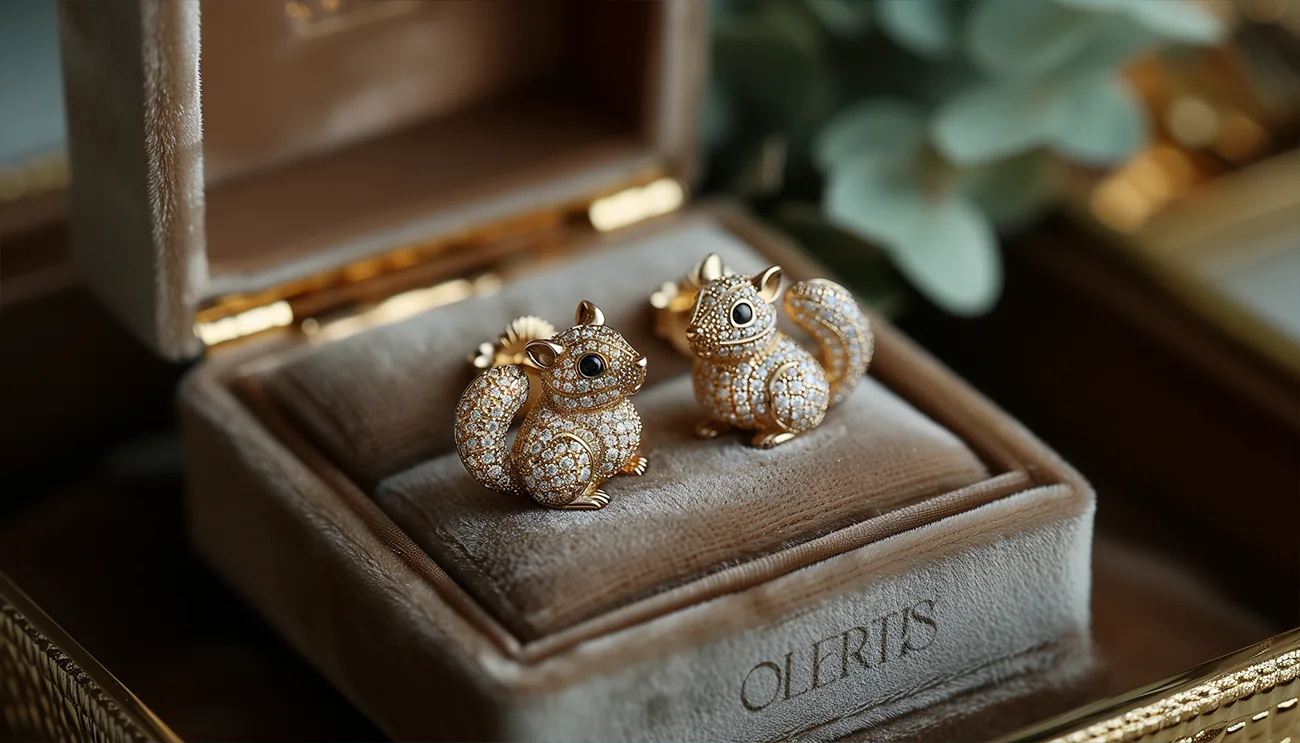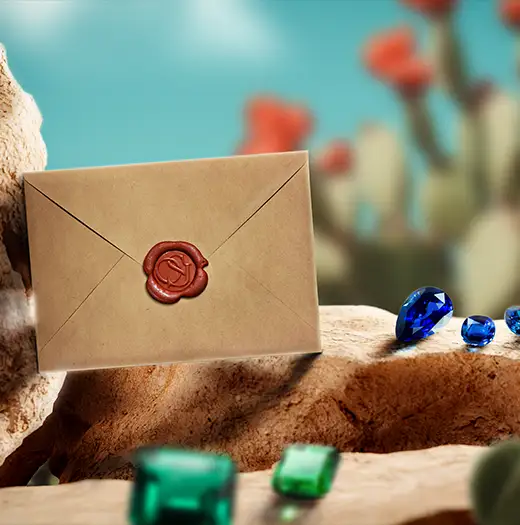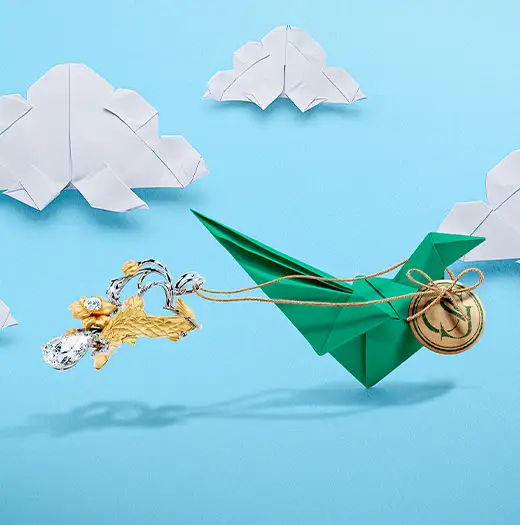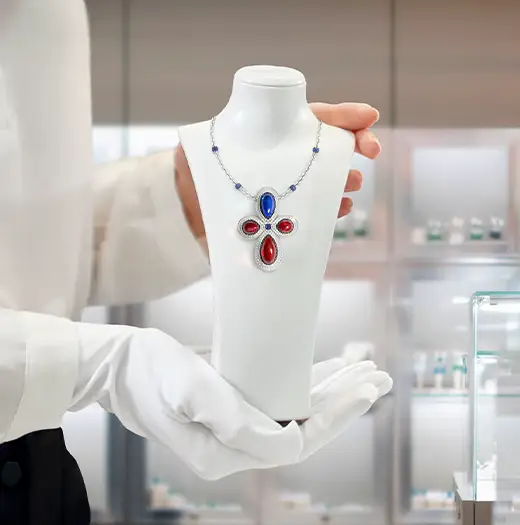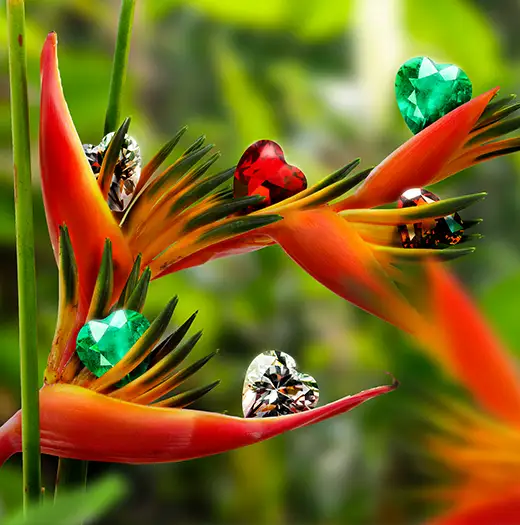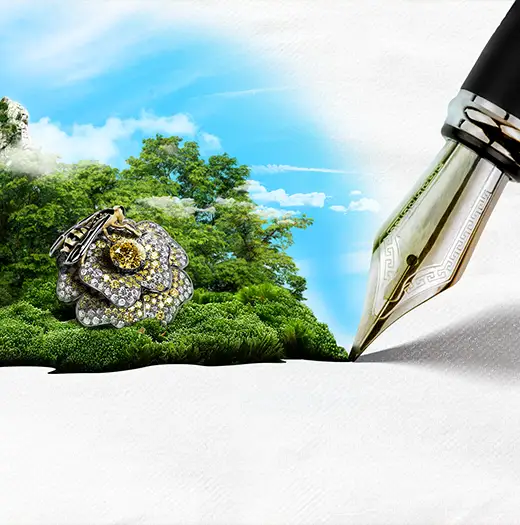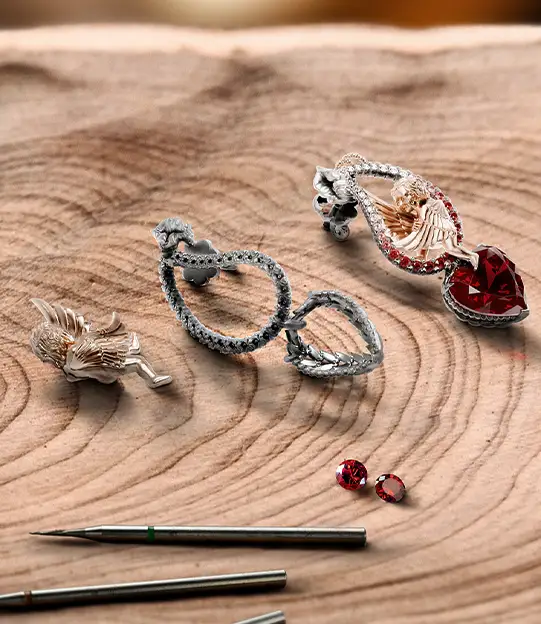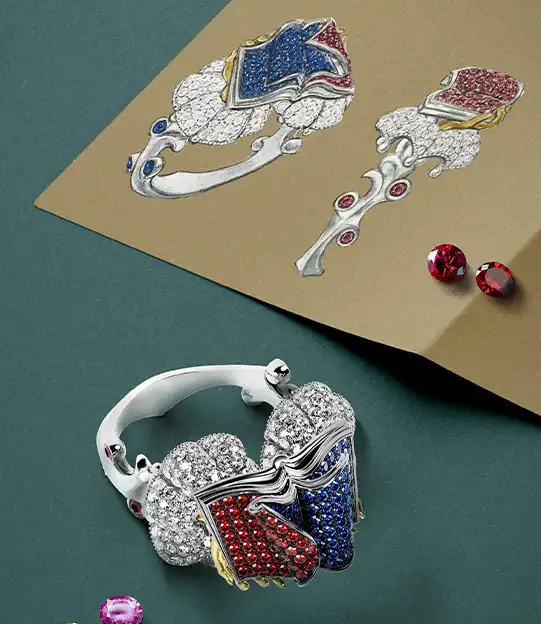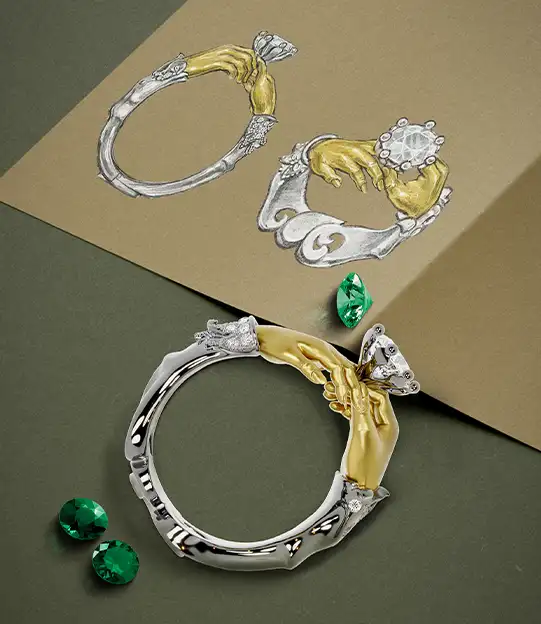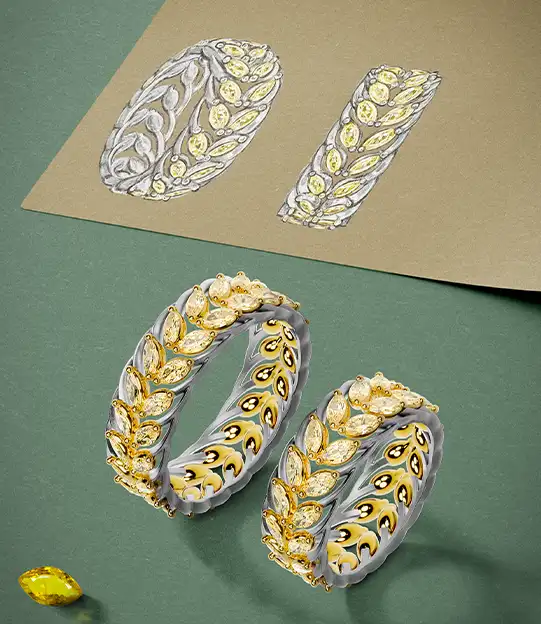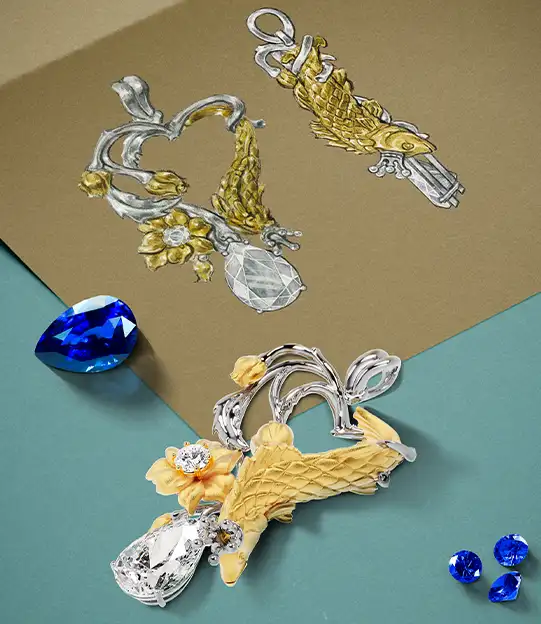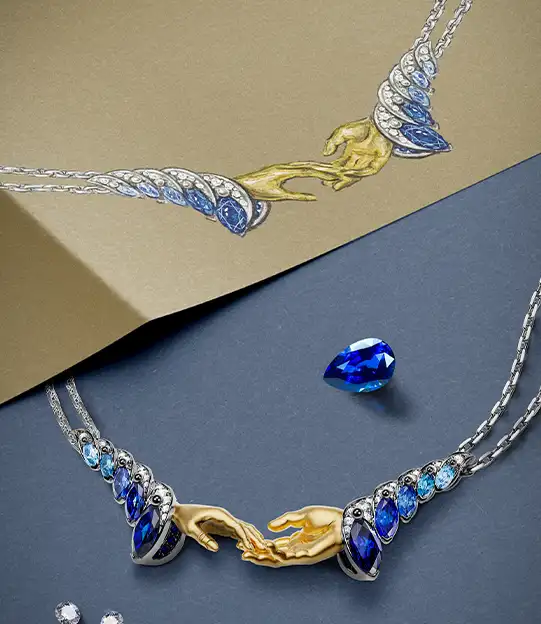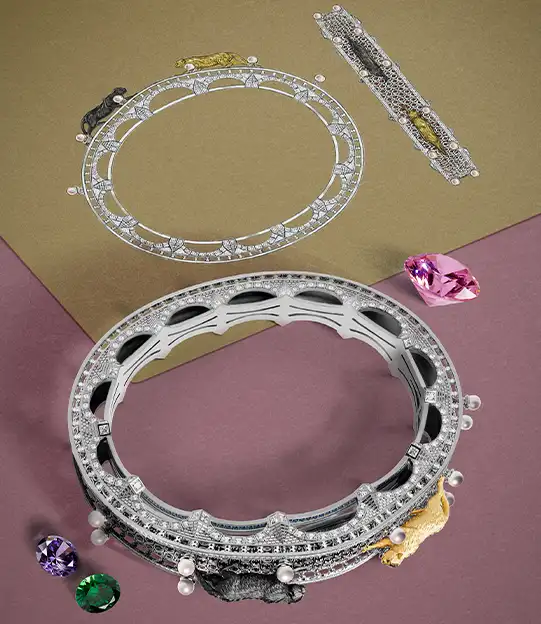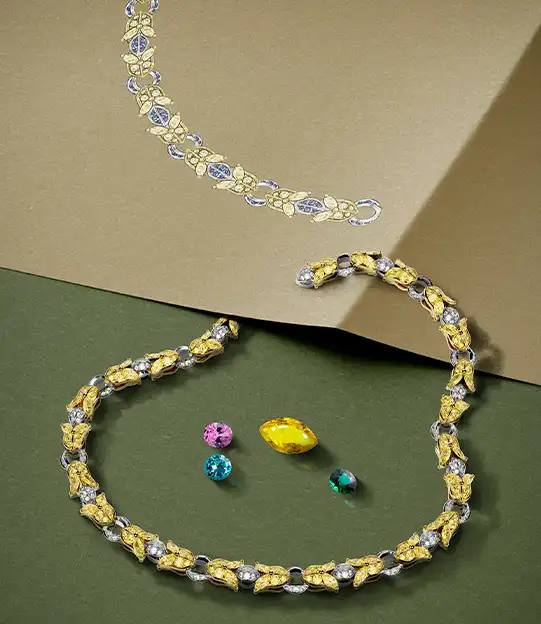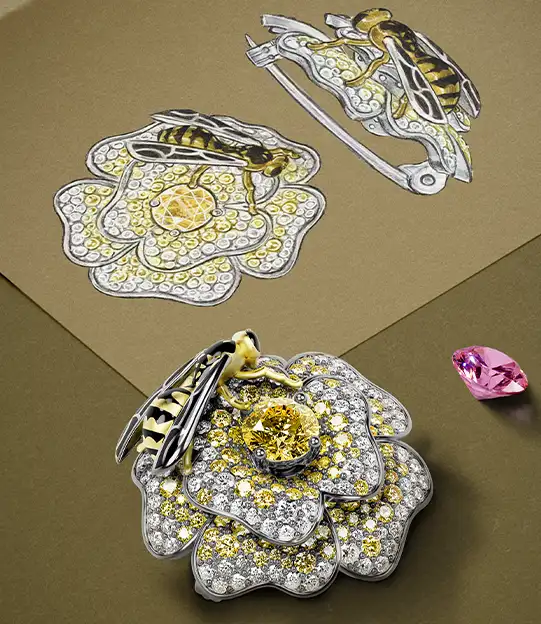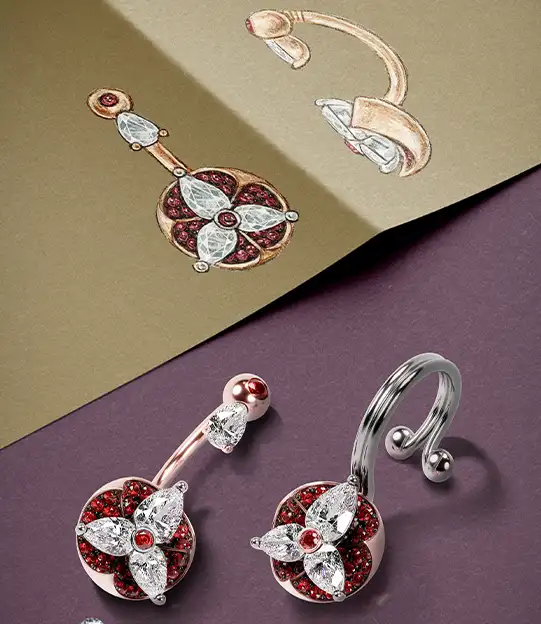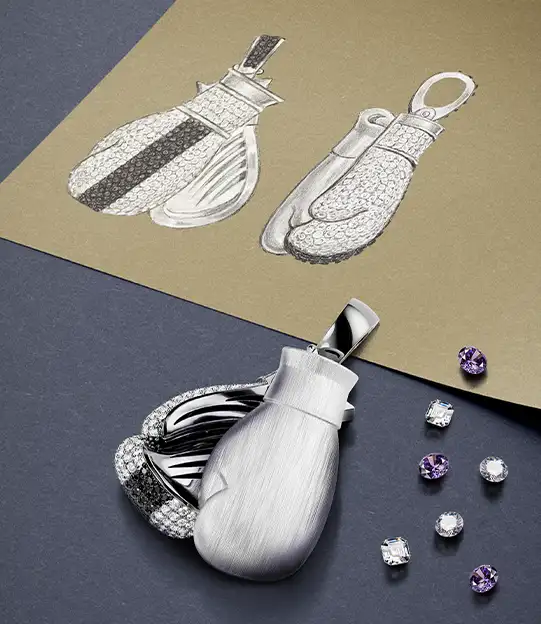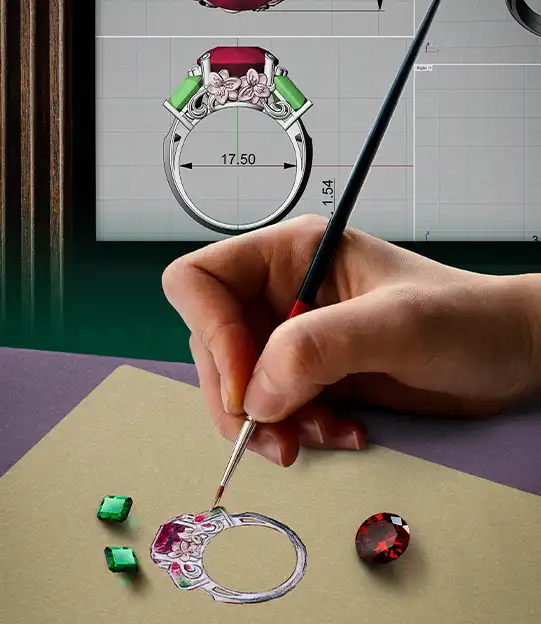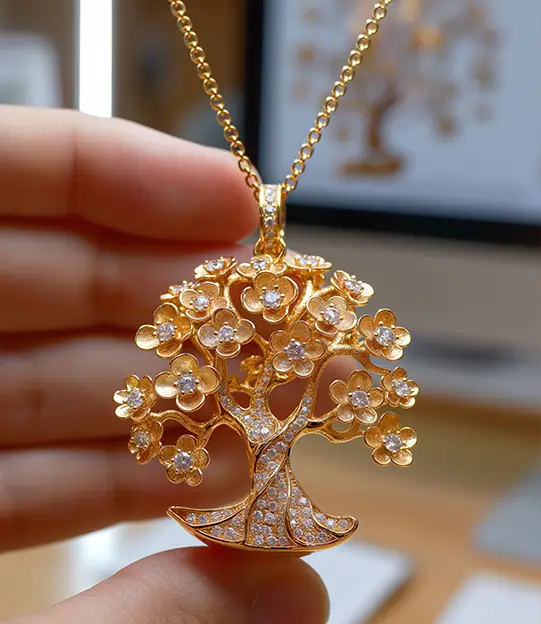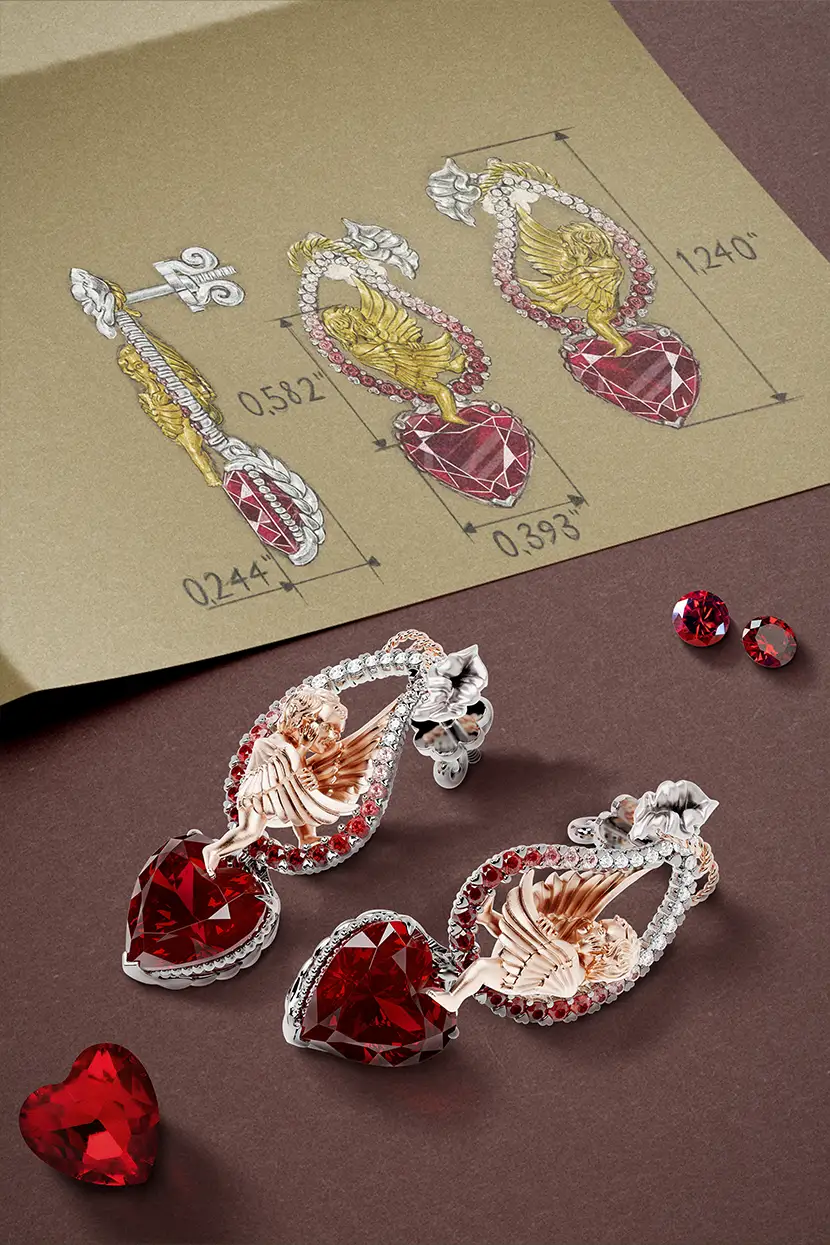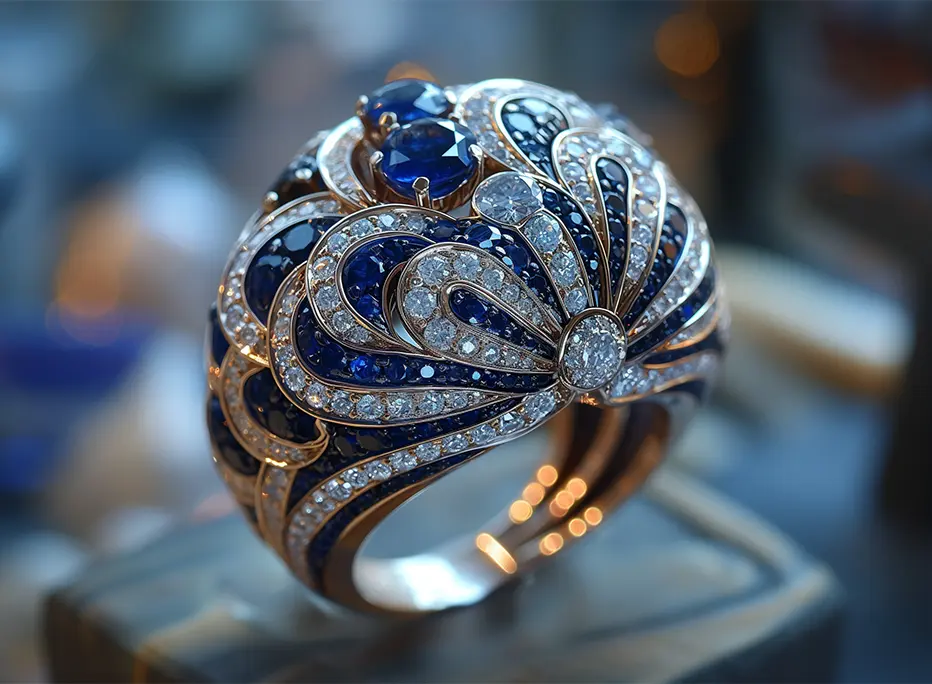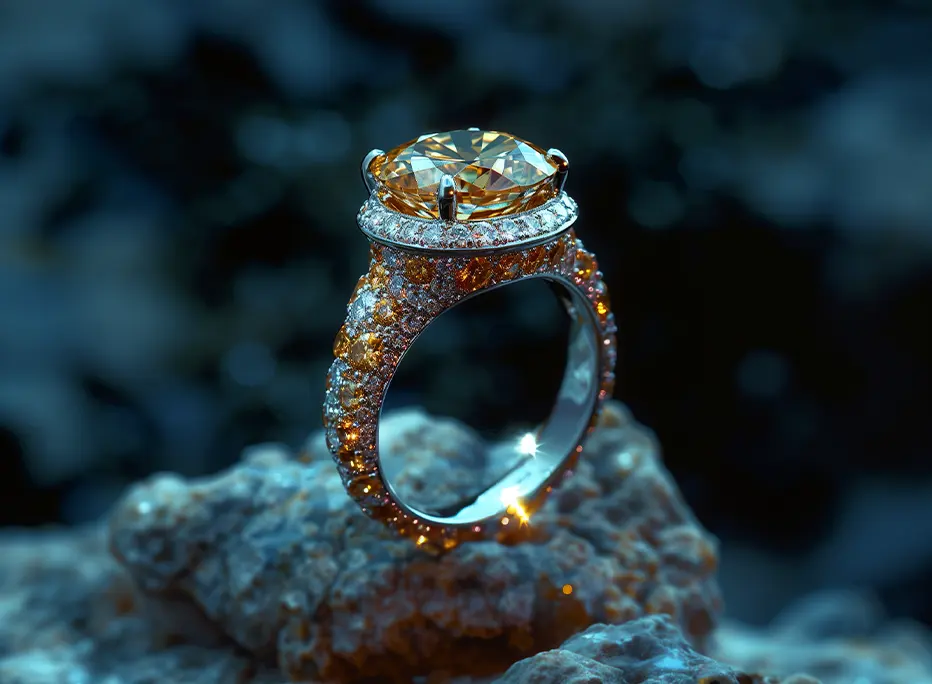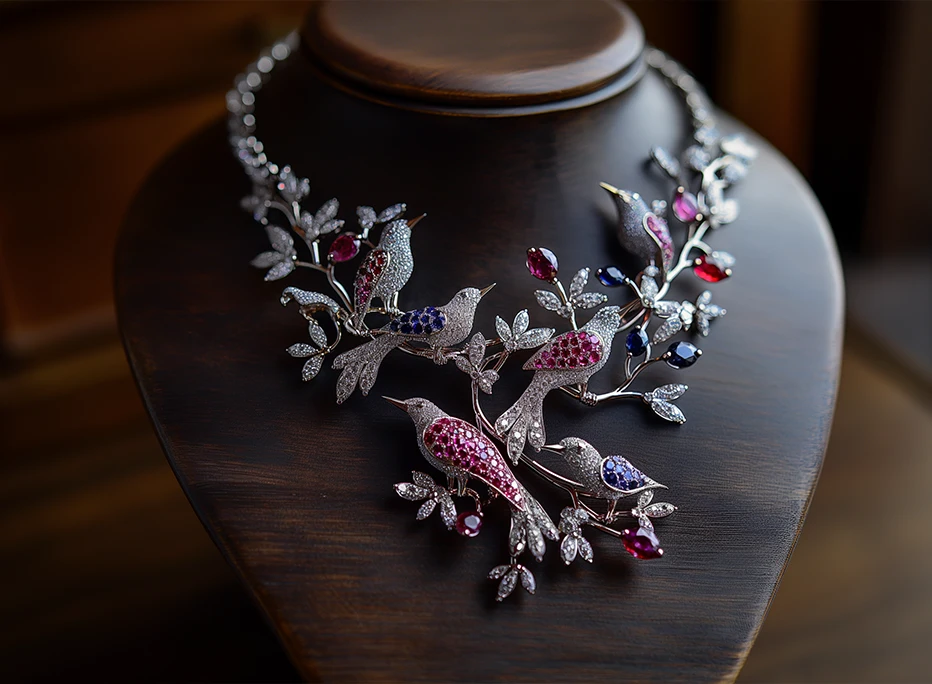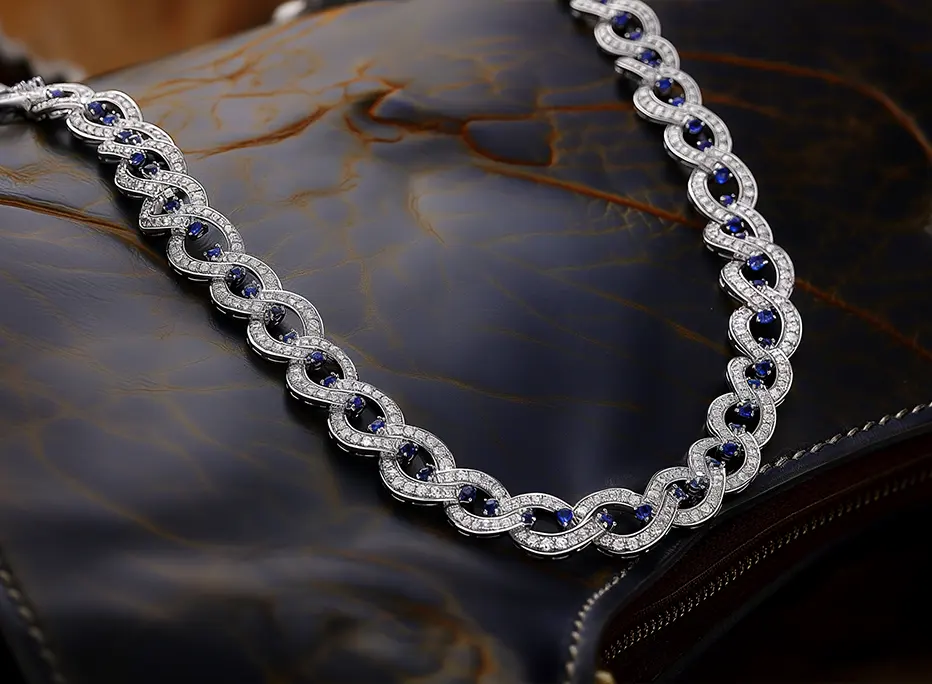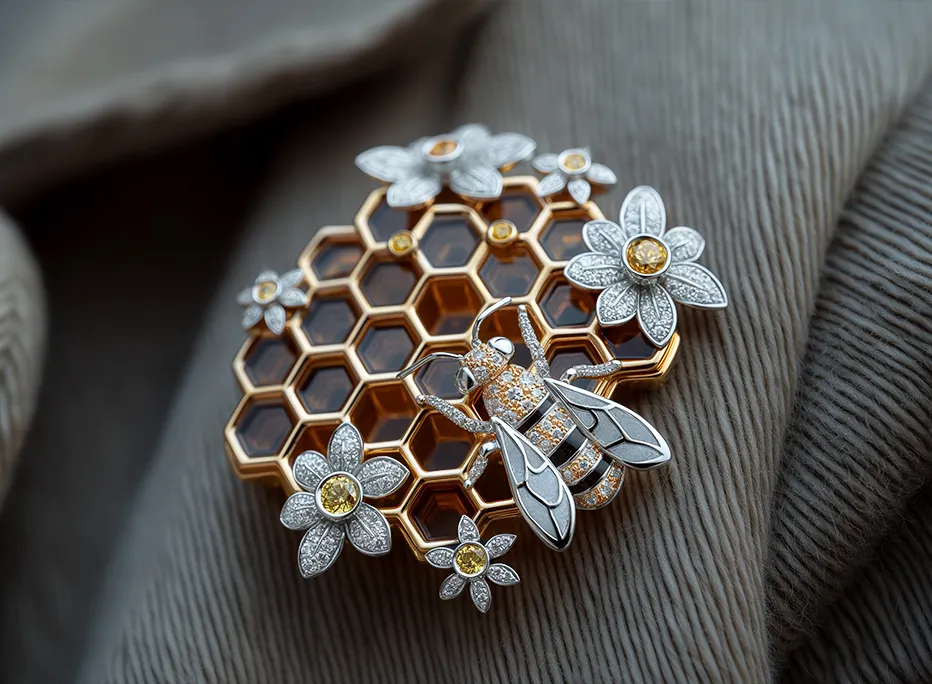The earliest archaeological evidence from Asia suggests that earrings were around as far back as 7,000 years ago. However, the most famous and well-preserved ancient pieces were found in the pillar burial sites in Kenya dating back to 4,500 years ago, as well as the tomb of the Sumerian Queen Puabi of roughly the same period.
Earring artifacts were discovered in archaeological sites of almost every ancient civilization – Egypt, Mesopotamia, India, China, Persia, Minoa, Greece, the Roman Empire, and its successor, the Byzantine Empire, to name a few. Of course, in most of these cultures, earrings signified the high social status of their owners. At the same time, they were a symbol of the lower class in ancient Rome and Greece where they were worn by slaves and prostitutes respectively.
Some of the most interesting golden ear pieces dating back to the 1st century BC were unearthed in Africa, in the city of Jenne-Jeno in the country of Mali as well as in Rostov, Russia (the latter belonged to a high-status female warrior). There is evidence that some nomadic tribes used this accessory as a part of their wardrobe, for example, Vikings.
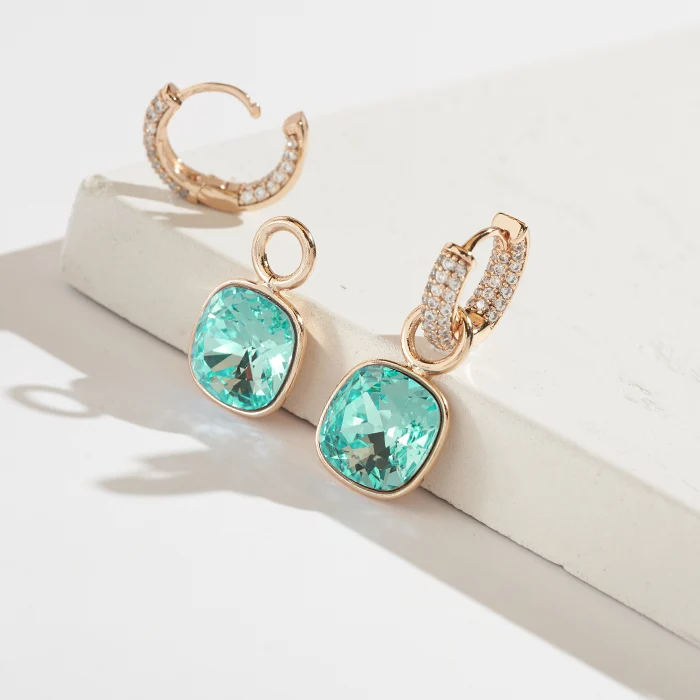
During the Middle Ages, the popularity of earrings decreased significantly due to the ban enforced by the Catholic Church in the 13th century. This is why most of the ear jewelry of that time was worn by vagabonds and pirates. The culture of the Renaissance era was freed from strict rules and gave way to humanitarianism. Therefore, earrings became fashionable once again among men and then women. You might remember a historical painting of William Shakespeare sporting a gold hoop earring. In the 16th century, men used these accessories to emphasize their social status. For example, it was commonly worn by sons of widows and the last representative of the lineage.
Fast forward to the 17th century, earrings became all the rage among rich women. It was then that jewelers came up with all kinds of earring designs from simple geometrical ones used to sharpen one’s features to chandeliers that visually elongated the face. In the next centuries, earring pieces became even more popular and diverse, eventually becoming affordable to almost everyone. Modern custom earring designs include hoops, studs, drops, teardrops, cuffs, threaders, wire hooks, clip-ons, shoulder dusters, tassels, clusters, danglers, leverbacks, and many more. Some of the most modern trends include mismatched and statement earrings.
Anthropologically speaking, earrings are often involved in religious rituals and rites of passage. For example, even to this day, they’re used to open divine sounds to the children of Brahmins in Hinduism. Similarly, such jewelry symbolizes coming of age in some African tribes. Most recently, teenagers often had ear-piercing parties in the 1960s and ’70s.
In today’s world of mass-produced jewelry, it’s a good thing that you can design your own earrings with Olertis based on your style and preferences. With our personalized earrings, you can make something meaningful that would serve to express your values or commemorate a special event or milestone in your life.
